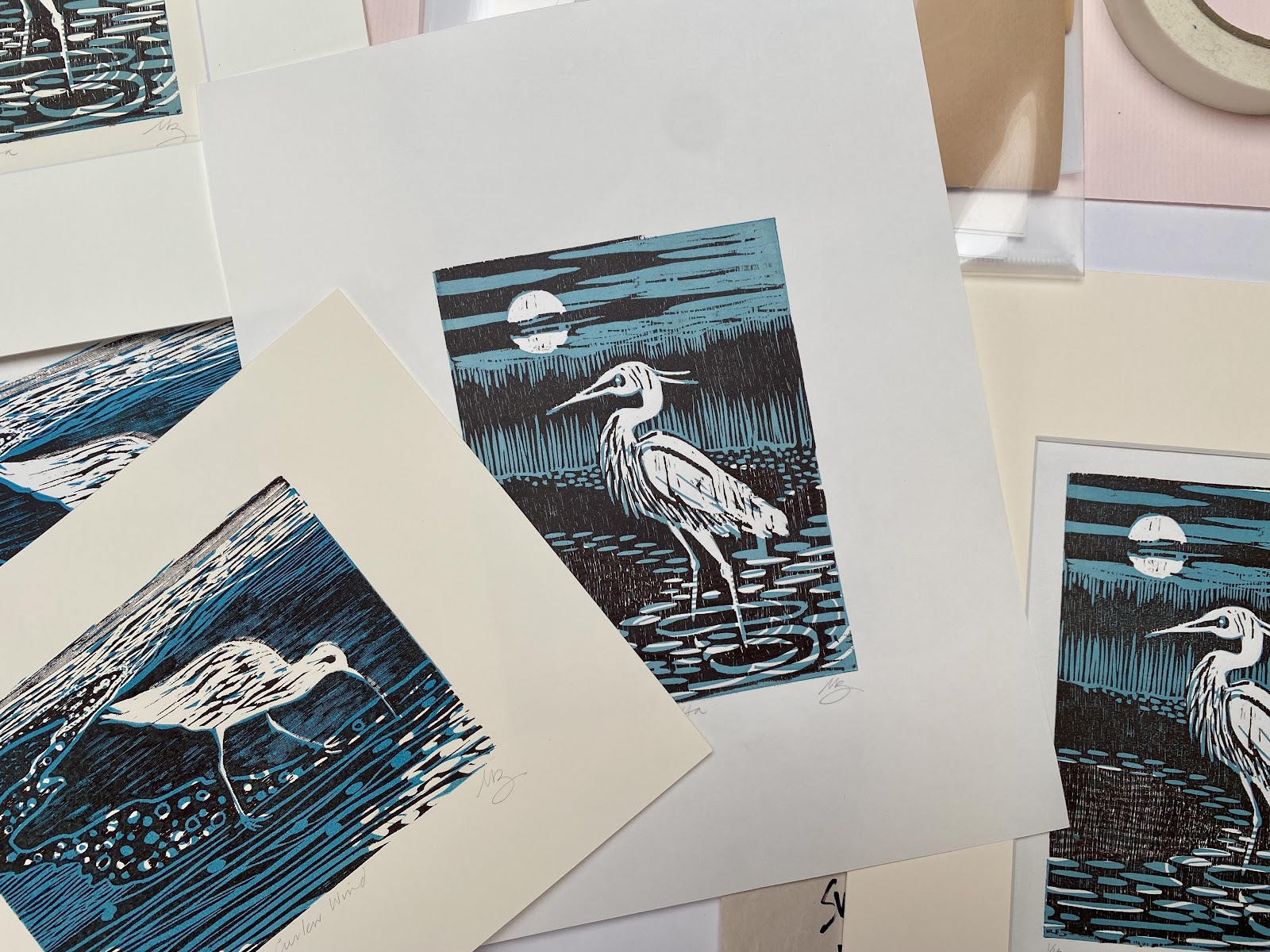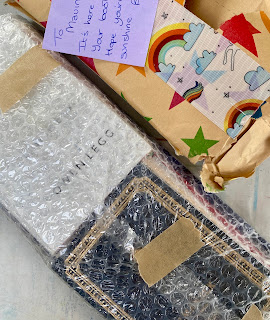I was asked some time ago to create as a one-off, a journal, as a gift for a friend’s partner. Something entirely unique, made slowly and with care.
I don’t usually take on commissioned work, and I was open about that from the outset: my schedule was full, and it would be many months before I could give the project the attention it deserved. I suggested other makers who could produce something more quickly, but he was clear that he was happy to wait. In the end, I allowed myself to be persuaded.
What followed was a long, layered process. Designing and cutting plates for the commissioned endpapers; printing and proofing (always my favourite stage); writing the poem and setting the text for print.
There were mock-ups to make, papers and book cloth to source and choose, and finally the slow, absorbing work of compiling and binding the book.I enjoyed the making enormously, though I was less fond of having to fit it around other ongoing projects. Still, when the book was finished, I felt quietly pleased with the result, both as an object and, as a piece of work that had been allowed to unfold at its own pace.
I might be tempted to do something like this again in the future, not so much as a commission, but as a personal project.
It turns out that what I valued most was not just the finished book, but the time spent thinking and testing, printing and making, letting the work find its own rhythms.
This led me to think about how, culturally, we underestimate the value of making something slowly and deliberately, predominantly by hand, and the time that such work requires.
Most people probably don’t consider where their belongings come from, let alone who has made them. I believe this matters. It feeds a wider misunderstanding that the craft involved in making an object is unimportant, that skills learned and honed over many years have little intrinsic value and, therefore, little economic value.
I hope that, culturally, we learn to support artists and makers, not only the celebrated and established, but those working at a grassroots level too, so that skills can be passed on before they are lost and, with them, an important part of ourselves.








































